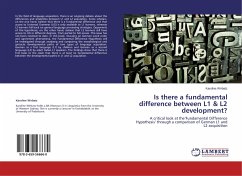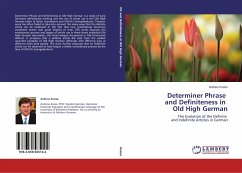Negation appears to be absolutely essential from a linguistic (and indeed, a psychological) point of view within any human language. Humans need to be able to say in some fashion "No" and to express our not doing things in various ways. During the discussions that appear in this book, I examine the historical changes that can be seen within three different language branches - North Germanic (with Gothic, Old Saxon, Old Norse, Swedish, and Icelandic), West Germanic (with English), and Celtic (with Welsh) - focusing on negation particles in particular and their position within these languages. I also examine how each of these chosen languages has seen negation shift over time in relation to Jespersen's negation cycle. Finally, I compare and contrast the results I see from these languages, demonstrating that they all three do follow a distinct negation cycle. I also explain how these three negation cycles are chronologically not in sync with one another and obviously all changed at different rates. This appears to be the case even within the different branches of the Germanic family.
Bitte wählen Sie Ihr Anliegen aus.
Rechnungen
Retourenschein anfordern
Bestellstatus
Storno








